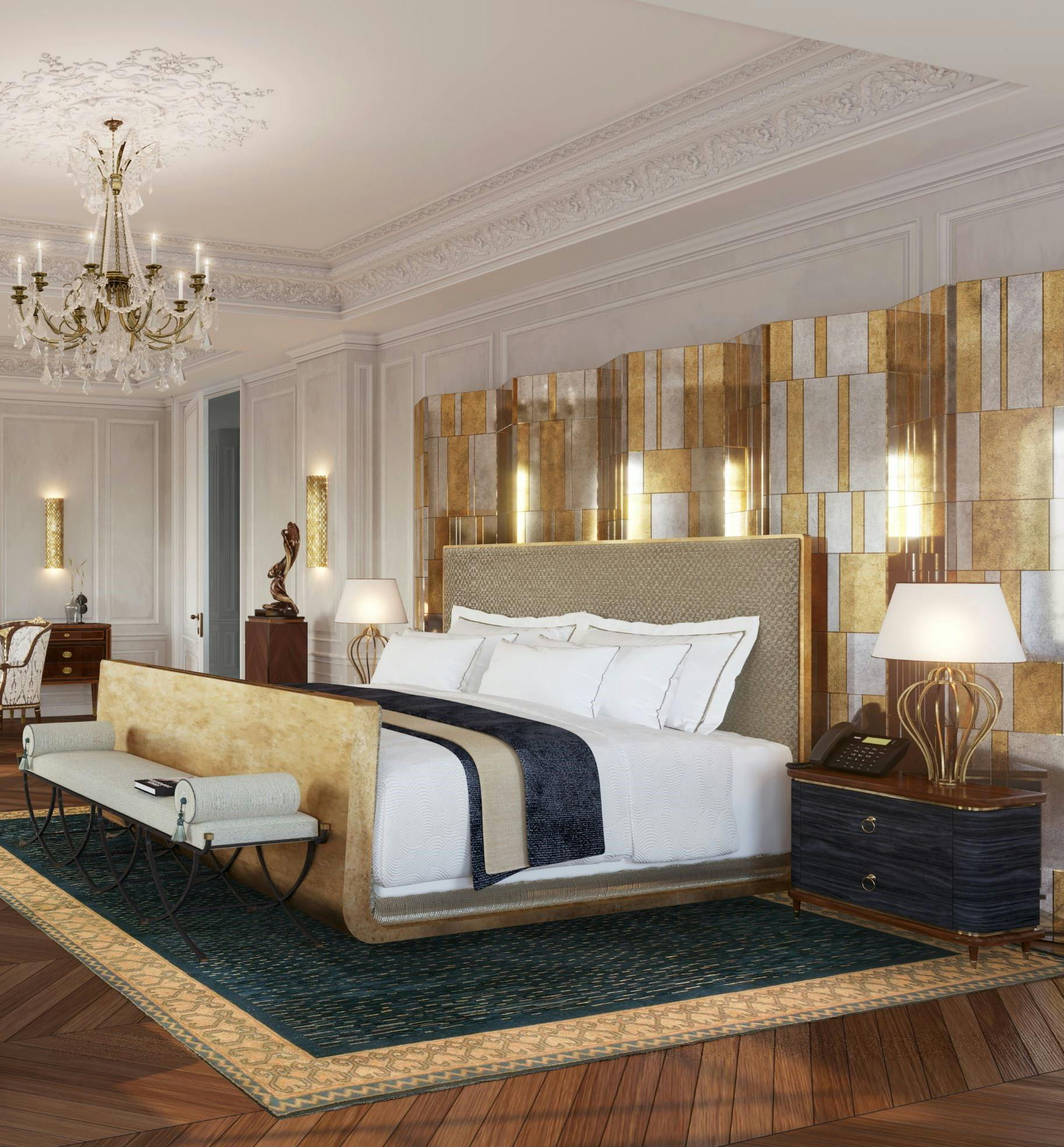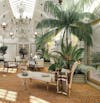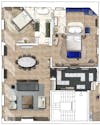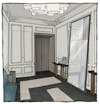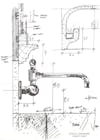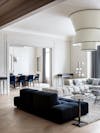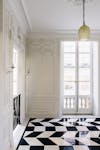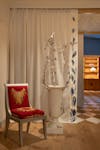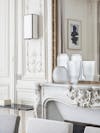If there’s one subject that’s often unclear to many new clients, it’s this: How does an interior architecture and design project actually unfold? Where does the interior architect’s responsibility end and where does the responsibility begin for the various companies working onsite to actually make the project a reality? What are the creative development phases?
